
Microsoft Flight Simulator 98, abbreviated commonly as FS98, is a flight simulator video game. It was released in late 1997 for Microsoft Windows.
The Bugs Bunny Crazy Castle is a 1989 puzzle video game developed by Kemco for the Nintendo Entertainment System. In 1990, it was released with the same title for the Game Boy in North America and Europe. In Japan, it was released for the Disk System as Roger Rabbit, and then for the Game Boy as Mickey Mouse.

Stronghold is a historical real-time strategy video game developed by Firefly Studios and published in 2001 by Gathering of Developers for Microsoft Windows and Mac OS X. The game focuses primarily on conquest and expansion through military pursuits but also has prominent economic and infrastructure development elements. There is both an economic and a military campaign to be played and both are discussed in the game manual. In the English version, the game takes place in Medieval Britain around the year 1066; however, since there is not always a time limit, scenarios can continue hundreds of years beyond that date.
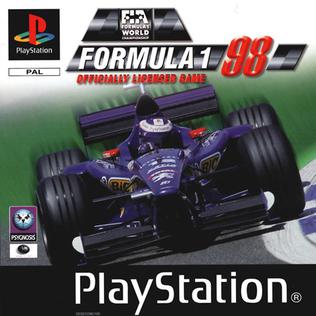
Formula 1 98 is a racing video game developed by Visual Science and published by Psygnosis exclusively for PlayStation. It is the sequel to the 1997 video game Formula 1 97 and was based on the 1998 Formula One World Championship.

Castle of Illusion Starring Mickey Mouse is a 1990 platform game developed by Sega and released for the Mega Drive/Genesis. An 8-bit version of the game was later released for the Master System and Game Gear. The game follows Mickey Mouse on a quest to save Minnie Mouse from the evil witch Mizrabel. It is the first game in Sega's Illusion video game series starring Mickey.
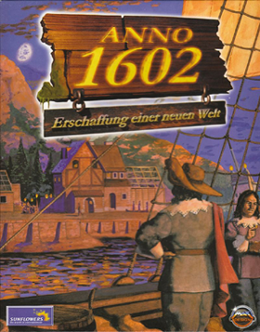
Anno 1602: Creation of a New World, entitled 1602 A.D. in North America, is a 1998 construction and management video game developed by Max Design and published by Sunflowers Interactive. Set in the early modern period, it requires the player to build colonies on small islands and manage resources, exploration, diplomacy and trade. The game design is noteworthy for its attempt to implement a 'progressive' artificial intelligence, meaning that the pace of the game changes in response to how quickly players act.

Anno 1503: The New World is a 2002 construction and management simulation video game developed by Austrian developer Max Design and published by Sunflowers Interactive. Part of the Anno series, it is a direct sequel to Anno 1602, the most commercially successful German video game ever by 2002. Anno 1503 revolves around building and maintaining a 16th-century colony in the New World.
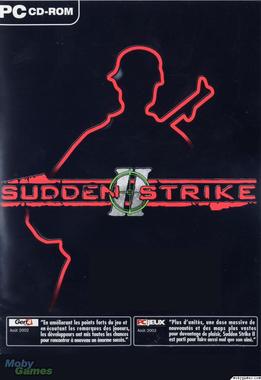
Sudden Strike 2 or Sudden Strike II is a real-time tactics computer game set in World War II, the second game in the Sudden Strike series and the sequel to the original Sudden Strike.

The Crazy Castle series is a platform game series created by Kemco and released on the Famicom Disk System, Nintendo Entertainment System, Game Boy, Game Boy Color, and Game Boy Advance. It stars different popular cartoon characters, most notably the Warner Bros. cartoon character Bugs Bunny, the Walt Disney cartoon character Mickey Mouse and the Universal cartoon character Woody Woodpecker.

Kid Klown in Night Mayor World is a platform video game for the NES published by Kemco on April 1, 1993 and was the first game in the Kid Klown series. It was a reskin of Mickey Mouse III: Yume Fuusen, a licensed platform video game starring Mickey Mouse that was only released in Japan. Released as part of the Crazy Castle series, Mickey Mouse III was released on September 30, 1992 by Kemco in Japan for the Family Computer.
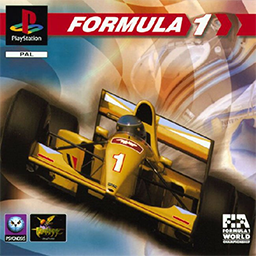
Formula 1 is a racing video game developed by Bizarre Creations and published by Psygnosis for PlayStation and Microsoft Windows. It is the first installment in Sony's Formula One series.

Land of Illusion Starring Mickey Mouse, released in Japan as Mickey Mouse no Mahō no Crystal (ミッキーマウスの魔法のクリスタル) and in Brazil as Land of Illusion Estrelando Mickey Mouse, is a platform game developed and published by Sega for the Master System and Game Gear.

Stronghold: Crusader is the successor to Firefly Studios's 2001 real-time strategy video game Stronghold. Crusader has much in common with the original Stronghold, but differs from its predecessor in the fact that the game is no longer set in England, instead being set in the Middle East during the Crusades. Another prominent addition not found in its predecessor is a skirmish mode in single-player, allowing customized battles with AI opponents instead of the linear campaign. The game was also released as Stronghold Warchest. This version was a compendium of Stronghold and an enhanced version of Stronghold: Crusader, containing additional characters and an additional Crusader Trail.

Bugs Bunny: Crazy Castle 3, is a platform game developed by Kemco as part of the Crazy Castle series. It was originally released in Japan as a Game Boy title in July 1997 called Soreyuke!! Kid: Go! Go! Kid starring the character Kid Klown. The title was later remade on the Game Boy Color to include colorized graphics and characters from the Looney Tunes series, which was released in Japan in January 1999 by Kemco, and later that year in North America and Europe by Nintendo. It replaces Honey Bunny with Lola Bunny as Bugs' love interest to be rescued. It was followed by a sequel, Bugs Bunny in Crazy Castle 4, in 2000.
Davilex Games B.V. was a video game developer and video game publisher, located in Houten, Utrecht, Netherlands. It was founded in 1986 as part of Davilex International, and is most well known for its Racer franchise, with the games London Racer and London Racer II selling over 600,000 copies in the UK. Autobahn Raser's sales in the German market totaled 103,000 units from January through September 1998, which made it the region's sixth-best-selling computer game during that period. In February 1999, Autobahn Raser's computer version received a "Gold" award from the Verband der Unterhaltungssoftware Deutschland (VUD), indicating sales of at least 100,000 units across Germany, Austria and Switzerland. Davilex closed the game division in 2005 because it was not profitable enough, and their games were generally not well received.
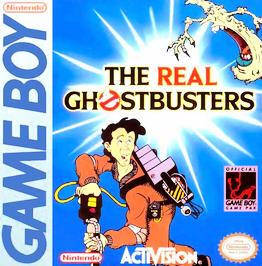
The Real Ghostbusters, known in Europe as Garfield Labyrinth and in Japan as Mickey Mouse IV: Mahō no Labyrinth, is a 1993 action-puzzle video game developed by Kemco and published in Japan and Europe by Kotobuki Systems and in North America by Activision.

Illusion, known in Japan as I Love Mickey Mouse, is a series of platforming video games developed and published by Sega for its consoles Master System, Sega Genesis and Game Gear. The series follows the adventures of Disney's cartoon character Mickey Mouse between various fantasy worlds. The series includes Castle of Illusion, and its sequels Land of Illusion, World of Illusion and Legend of Illusion.
On the Ball is a football management game series from the German developers Ascaron, former name Ascon. The premiere title in the series is On the Ball. The player is managing a football club in the English League. The original game was very popular in Germany, so the developer Ascaron created several sequels: "On the Ball 2", "On the Ball 3", and "On the Ball Action". Doppelpass was a bundle that included On the Ball and the self-running add-on Anstoss World Cup Edition. The English version has a minor fan base.
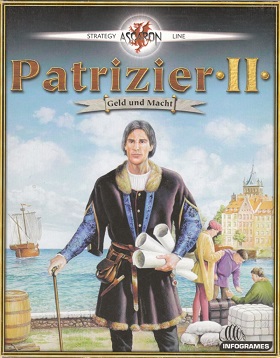
Patrician II: Quest for Power, entitled Patrizier 2: Geld und Macht in Germany, is the second video game from developer Ascaron in their Patrician series. The sequel to The Patrician, it is a game simulating trading, piracy, politics, and economy. An expansion pack, Patrizier 2: Aufschwung der Hanse, was released in Germany in 2001. A compilation release containing the main game and the expansion was released as Patrizier 2: Gold Edition in Germany in 2002 and as Patrician III: Rise of the Hanse internationally in 2003. A sequel, Patrician IV, was released in 2010.

Who Wants to Be a Millionaire is a 1999 quiz/party video game originally developed by Jellyvision and published by Disney Interactive, based on the television franchise of the same name. The game was originally based on the American version of the show. It tasks the player with answering quiz questions in a limited time frame.

















